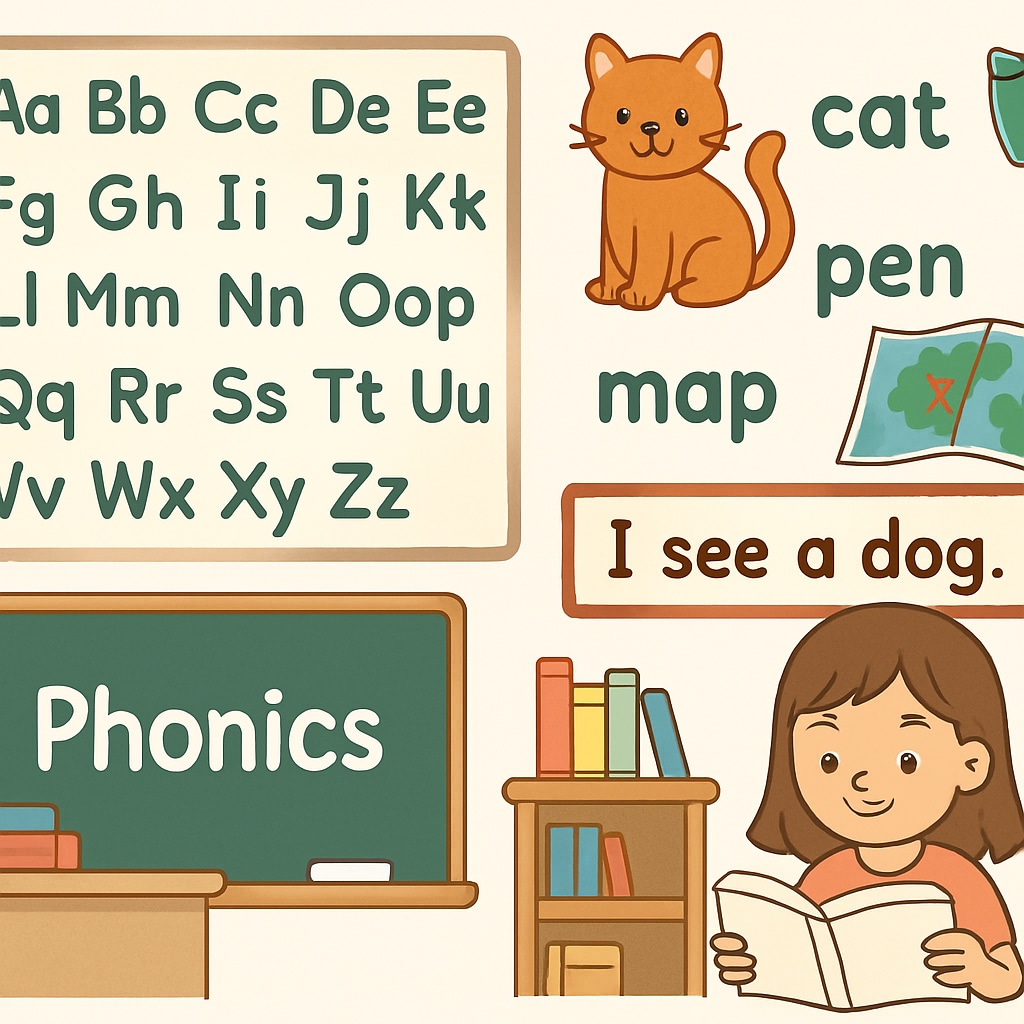In the realm of children’s education, the topic of reading instruction has often sparked debates among educators and parents. The podcast “Sold a Story” delves deep into the science behind reading methods, uncovering truths and dispelling misconceptions that have shaped modern teaching practices. By analyzing evidence-based research, this resource provides actionable insights into fostering children’s literacy effectively.

Understanding the Science of Reading
Reading is a fundamental skill that influences a child’s academic and social development. However, not all instructional methods are equally effective. According to the science of reading, phonics-based approaches—where children learn the relationship between letters and their sounds—have shown superior results compared to other methods, like whole language learning. Phonics provides the building blocks for decoding words, enabling children to read fluently and comprehend text more easily.
For example, studies from reputable organizations such as the National Institute for Literacy emphasize the importance of phonemic awareness (the ability to hear, identify, and manipulate sounds in spoken words) in early literacy development. Despite this evidence, some schools and educators continue to rely on less effective methods due to long-standing misconceptions or insufficient training.
Common Misconceptions in Reading Instruction
The “Sold a Story” podcast sheds light on several misconceptions that have influenced reading education. One pervasive myth is that children can naturally learn to read through exposure to written language, without explicit instruction. While exposure to books and storytelling enriches vocabulary, it cannot replace systematic teaching methods like phonics.
Another misconception is the belief that teaching reading comprehension strategies alone—such as predicting or summarizing—can build foundational reading skills. While these strategies are valuable for advanced readers, they do not address the initial steps of learning to decode and recognize words. As a result, children who lack these foundational skills may struggle with more complex texts later in their education.

How Evidence-Based Methods Can Transform Education
The scientific research presented in “Sold a Story” highlights how evidence-based methods can revolutionize reading instruction. For parents and educators, understanding these methods is crucial to ensuring children receive the best possible start in literacy development. Key recommendations include:
- Emphasizing phonics instruction: Teach children how to decode words systematically to build confidence in reading.
- Providing targeted interventions: Identify struggling readers early and offer tailored support to address their challenges.
- Encouraging reading practice: Create opportunities for children to practice reading aloud and engage with diverse texts.
By implementing these strategies, schools can help bridge the gap between scientific research and classroom practices, fostering a generation of skilled and confident readers.
The Role of Parents and Educators
Parents and educators play a pivotal role in shaping children’s reading journeys. Parents can support their children by creating a literacy-rich environment at home, providing access to books, and encouraging daily reading habits. Educators, on the other hand, can stay informed about the latest research, advocate for evidence-based curricula, and collaborate with families to reinforce learning.
For those seeking to learn more, the “Sold a Story” podcast serves as an invaluable resource, offering clarity and actionable advice grounded in education science. It challenges listeners to question outdated practices and embrace proven methods, ensuring every child has the opportunity to succeed.
Conclusion: Understanding the science behind reading instruction is essential for addressing misconceptions and equipping children with the skills they need to thrive. By aligning teaching practices with evidence-based research, educators and parents can unlock the full potential of every young reader.


